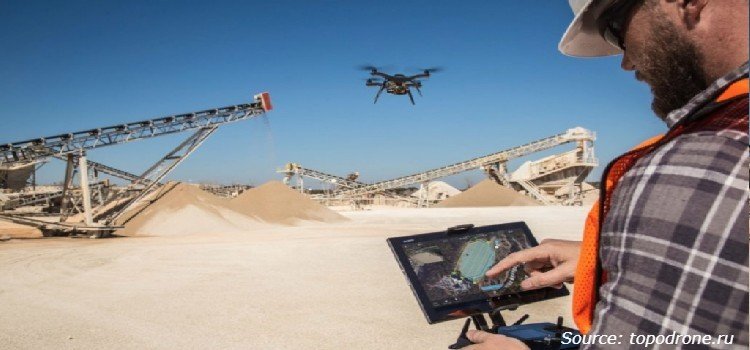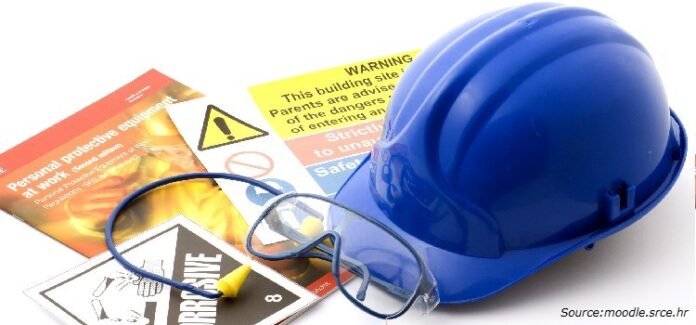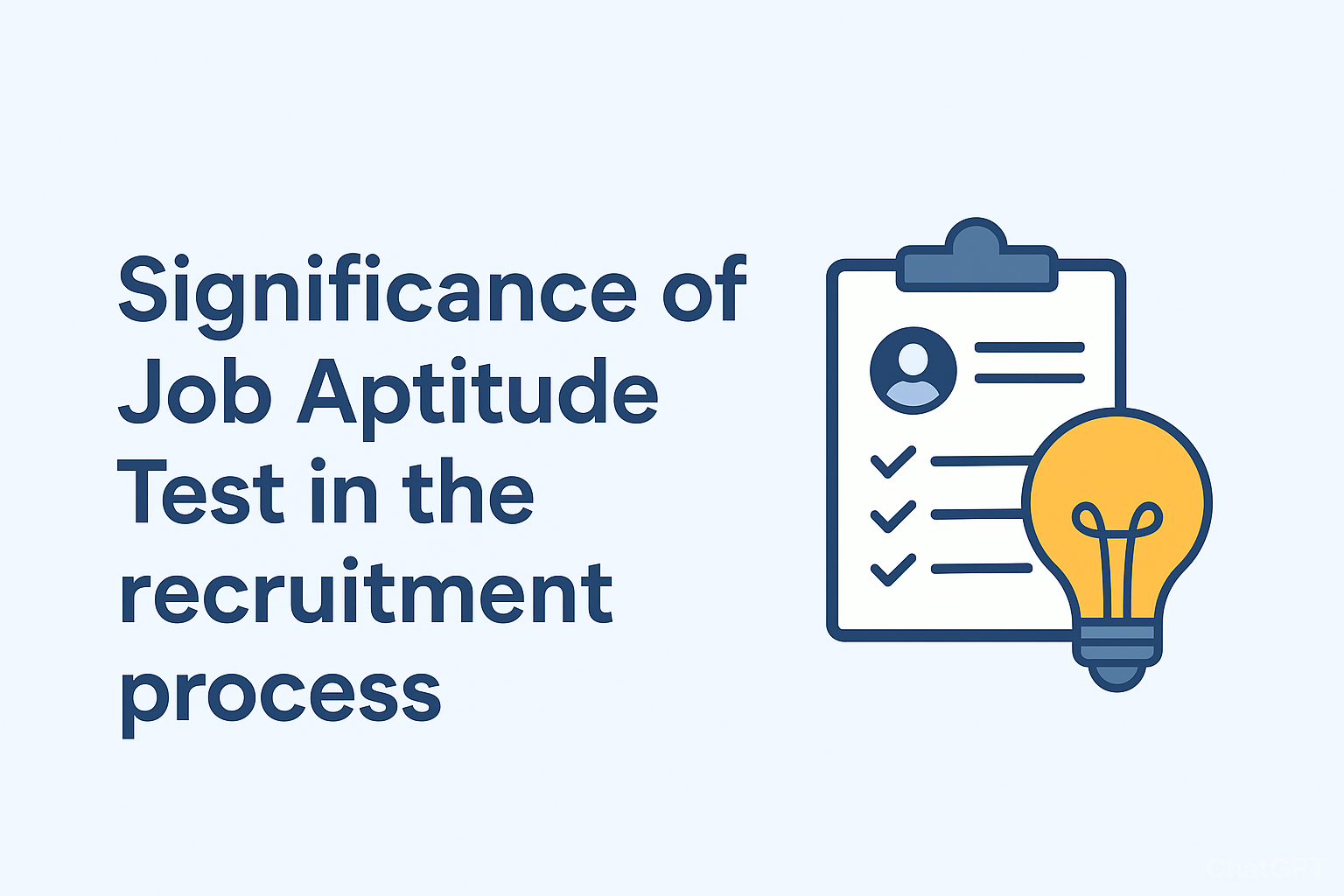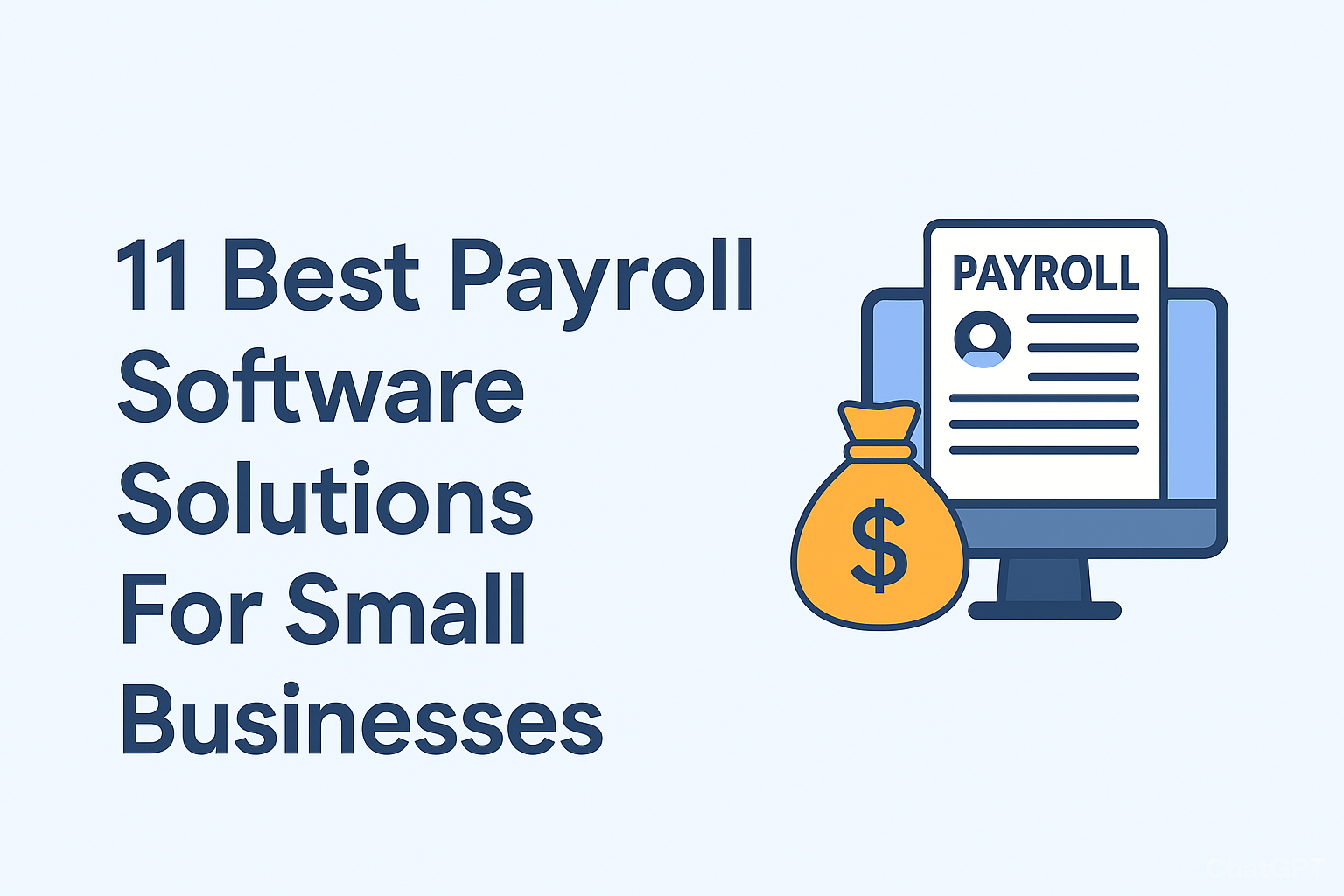Table of Contents
Introduction
In recent times, occupational safety has remained a concern among industries working within dangerous conditions including construction, manufacturing, and the oil & gas sector. Traditional safety measures are no longer enough, so AI-driven safety analytics, smart PPE, and real-time monitoring solutions have become extremely popular. With much of the most important innovation occurring in 2023 and 2024, companies are now leveraging advanced technologies to predict, prevent, and respond to workplace hazards more effectively. This article covers the latest innovations and 2023–2024 releases that are transforming workplace safety standards.
AI-Driven Analytics: The Workplace Safety Game Changer
Artificial intelligence is revolutionizing workplace safety by analyzing vast amounts of data to detect potential dangers before accidents occur. AI cameras, predictive maintenance software, and automated reporting systems provide real-time feedback on workplace dangers.
- Incident Predictions & Prevention – Past incidents are analyzed by AI models to predict future dangers, and firms take proper measures.
- Behavioral Analysis & Compliance Monitoring – AI-based video analytics recognize hazardous worker behavior, such as improper PPE use or dangerous movement, reducing workplace injuries.
- Intelligent PPE & Wearables – Helmet and vest-enabled AI tracks the health of employees, toxic chemical exposure, and activity levels with real-time warning alerts in the case of a risk.
Recent AI Breakthrough (2023-2024)
• SafetyCulture’s AI Integration (2024) – SafetyCulture has incorporated AI-based tools to increase workplace inspections, real-time reporting, and mobile-first training, enhancing workplace compliance and frontline worker safety.
•AI-Driven Safety Products Awarded (2024) – The 2024 Occupational Health & Safety New Product of the Year Awards recognized developments in AI-based safety technologies, such as intelligent hazard detection equipment.
Real-Time Monitoring in Hazardous Industries
Fire hazard, toxic gas, and heavy machinery industries need to be monitored round the clock to reduce risks. AI-based safety systems now allow real-time monitoring of workplace conditions with instant alerts to avoid accidents.
• Oil & Gas Industry – Highly sophisticated IoT sensors monitor gas leakage and irregular pressure readings to prevent major failure. Predictive safety software improves schedules and decreases down times.
• Construction Industry – Intelligent safety helmets and networked worksite cameras monitor the locations and movements of workers to maintain compliance with safety protocols. Lock Jaw Ladder Grip is enhancing ladder safety through a secure lock system, lowering fall hazards on worksites.
• Manufacturing & Warehousing – Robotics and automated material-handling using AI reduce employees’ exposure to hazardous equipment, decreasing injuries.
Latest Safety Equipment Technologies (2023–2024)
- 3M’s Peltor WS Alert XPV Headset (2024) – World’s first autonomous charging protective communication headset, run on Powerfoyle technology, shields workers against noise while delivering seamless communication with no need to charge.
- Justrite Lithium-Ion Battery Charging Safety Cabinet (2023) – With ChargeGuard technology, this cabinet provides increased fire safety in industrial environments by ensuring safe storage and charging of lithium-ion-batteries.
Corporate Workplace Health & Safety Initiatives
Apart from the technological advancements, corporate initiatives also play an important role in improving workplace safety. Certain companies have created policies and programs to promote the health and well-being of employees.
Significant Workplace Safety Initiatives (2023–2024)
•Amazon’s Naloxone Stocking (2024) – In a move to address the opioid epidemic, Amazon announced it would stock naloxone, an overdose reversal medication for opioids (Narcan), in all North American warehouses to cover possible health crises.
• SoftServe & SAS Worker Safety Solution (2023) – It is an AI-driven analytics platform that enables companies to spot workplace safety gaps and forecast probable risks, enhancing general risk management.
AI-Driven Safety Analytics: Transforming Workplace Safety in High-Risk Industries
The workplace safety landscape is rapidly evolving, with emerging technologies poised to revolutionize safety protocols across various industries. The integration of Artificial Intelligence (AI), the Internet of Things (IoT), and 5G networks is steering the market toward fully automated, self-regulating safety systems. Between 2023 and 2024, several notable developments have underscored this transformative shift.
AI-Powered Drones for Safety Inspection

Sectors including mining and construction are now using AI-equipped drones to perform remote safety inspections, cutting human exposure to dangerous situations by a great margin. The drones now record live 3D modeling images, using AI and machine learning to evaluate structural conditions and identify potential safety hazards,
• DroneDeploy’s “Safety AI” (2024) – This feature will automatically detect visible safety risks on a construction site, compliant with OSHA standards. Contractors can prevent problems before they happen, eliminating accidents and reducing insurance premiums.
• Boeing’s AI-Powered Drone Inspections (2023) – Boeing unveiled that it’s possible to drastically reduce the time spent using drones to inspect planes for maintenance by cutting down pre-flight inspection times from four hours to just 30 minutes.
Augmented Reality (AR) for Training
Augmented Reality is becoming a key technology in workplace safety training, providing engaging simulations that enable employees to live and work through dangerous situations within a simulated, virtual setting.
• Boeing’s AR Training Program (2023) – Boeing has highlighted the promise of AR in training programs, enhancing the precision and efficiency of aircraft maintenance by using precise, interactive instructions.
5G-Enabled Safety Systems
The arrival of 5G technology promises to transform real-time monitoring and hazard detection for workplace safety. The low-latency, high-speed connectivity of 5G networks provides smooth exchange of data between IoT devices, making real-time transmission and response possible.
• 5G-Powered Shipyard Safety (2024) – Experiments have proven the combination of 5G and AI in improving personnel safety control during shipbuilding and proving the capability of these technologies in developing more responsive and adaptive safety systems.
• Verizon’s 5G-Connected Drones (2024) – AI-equipped 5G drones are being used to carry out safety checks in risky locations, such as those that include dangerous substances, without compromising human health.
Conclusion
With AI-driven analysis, intelligent PPE, and tracking in real time, the work environment safety industry is undergoing an unprecedented transformation. Innovations in 2023 and 2024 are indicative of the industry placing emphasis on preventive safety products, reducing work environment accidents, and staying compliant with regulation standards. Since next-generation innovations are increasingly being exploited by industries, work environment safety shall be predictive, autonomous, and responsive and shall shape the future industrial standards.
Apart from that, if you are interested to know about “Residential Proxy Reviews: Guide to Real IPs” then visit our “Business” category.
ABOUT THE AUTHOR:

Baishali Sengupta is a dedicated Research Associate with more than 3 years of experience in the market research field. Known for her keen analytical skills and meticulous attention to detail, she excels in distilling complex data into actionable insights. Baishali combines a passion for research with a commitment to delivering high-quality, accurate information. Her proactive approach and enthusiasm for continuous learning make her a valuable asset in understanding market trends and driving informed decision-making. The author can be reached at info@nextmsc.



























